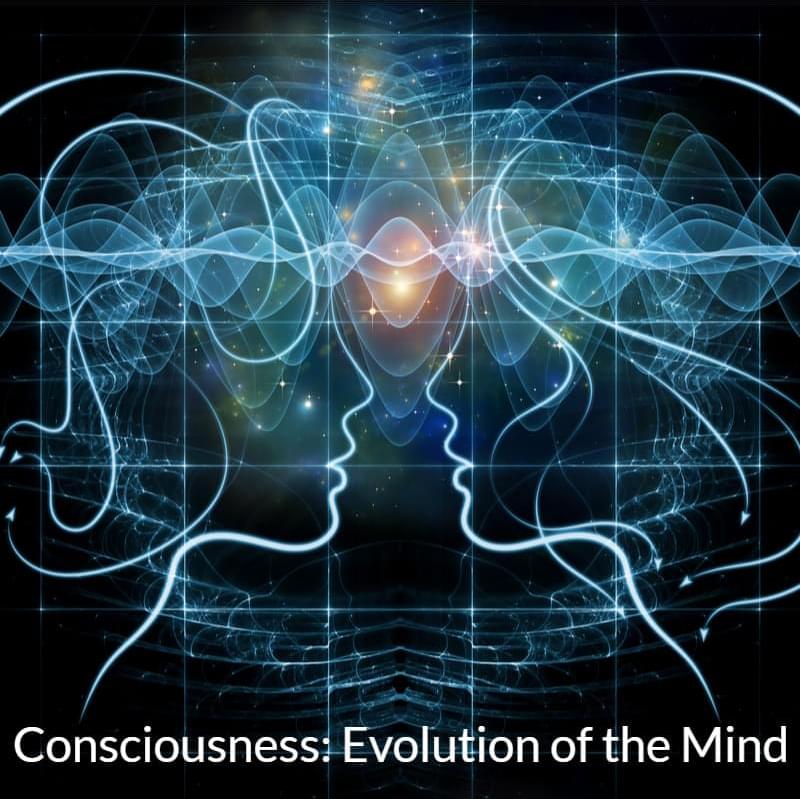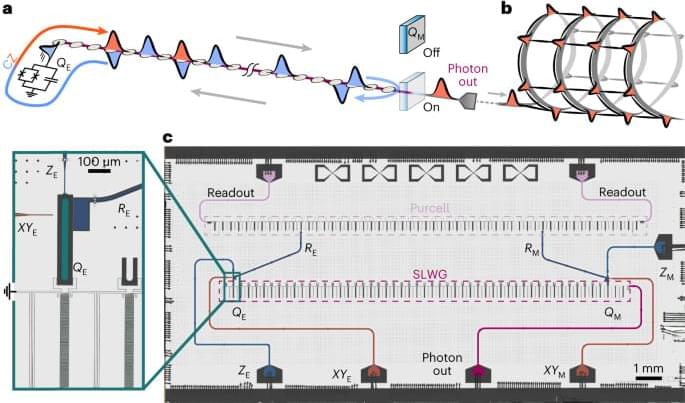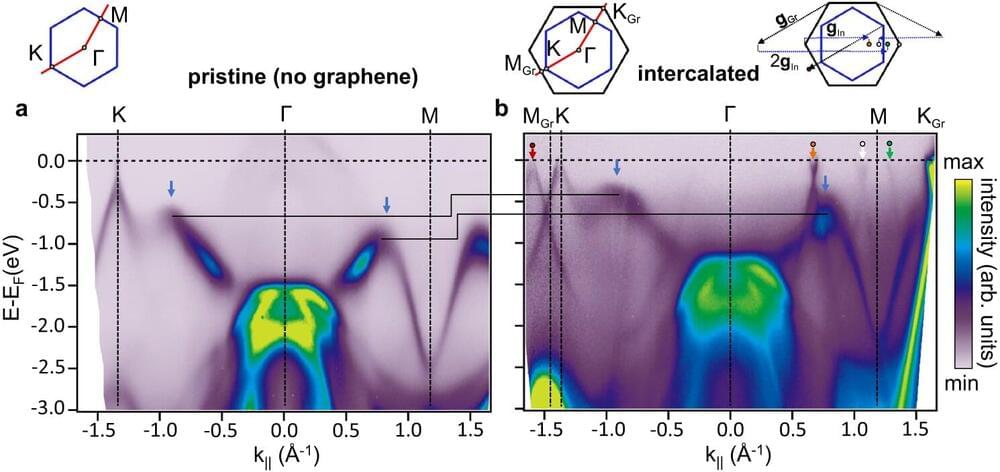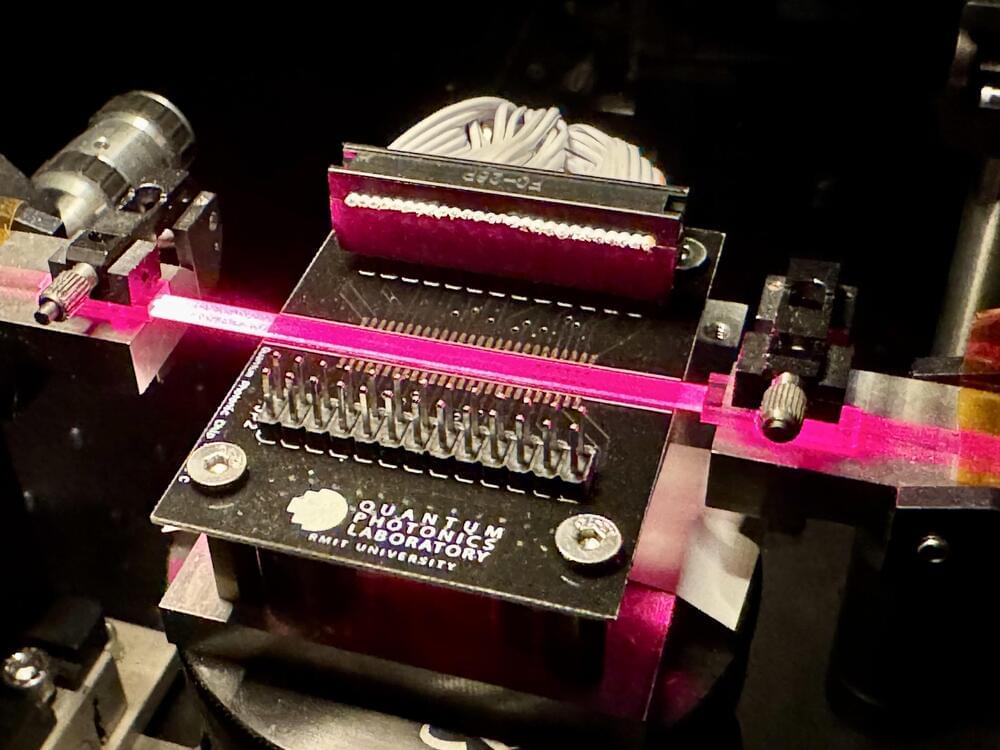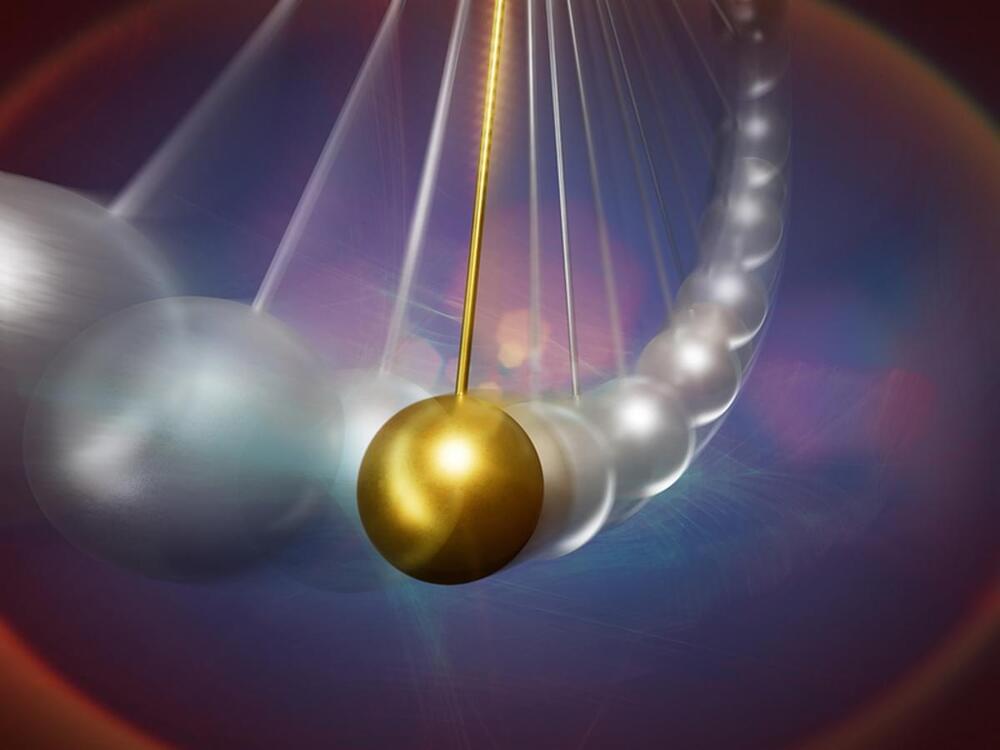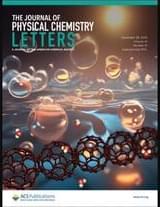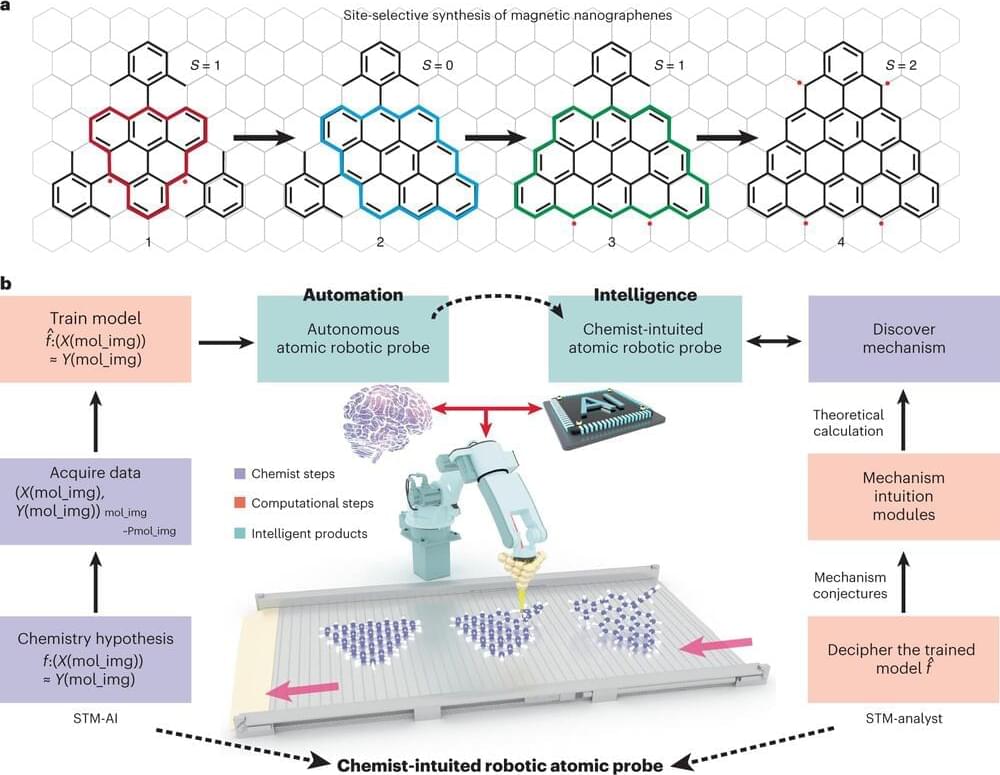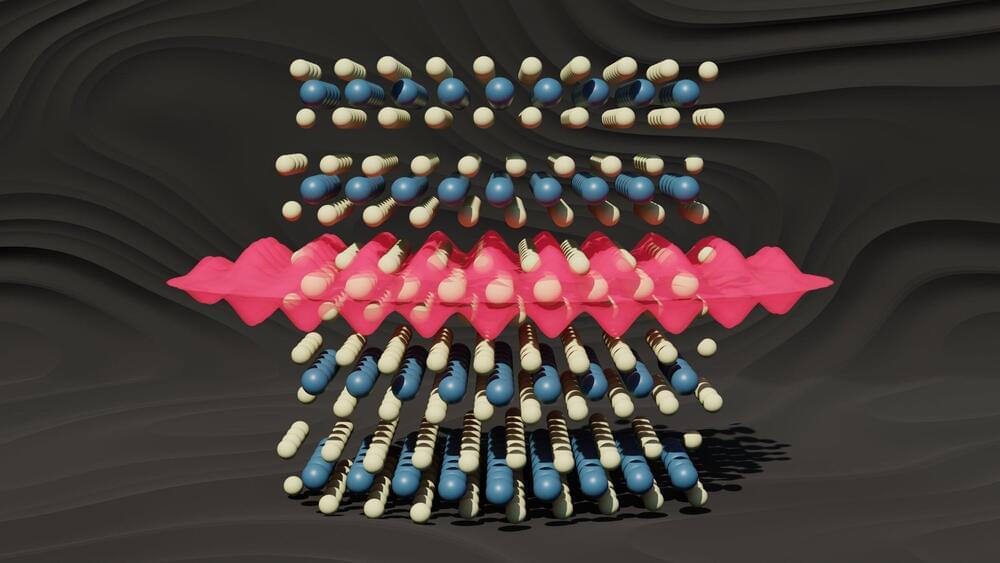Mar 2, 2024
What do our experience of the flow of time and quantum computing have in common?
Posted by Paul Battista in categories: computing, quantum physics
In the fascinating intersection of quantum computing and the human experience of time, lies a groundbreaking theory that challenges our conventional narratives: the D-Theory of Time. This theory proposes a revolutionary perspective on time not as fundamental but as an emergent phenomenon arising from the quantum mechanical fabric of the universe.
In my upcoming book with a working title Cybernetic Theory, the entire section is dedicated to the physics of time, where we discuss the D-Theory of Time, predicated or reversible quantum computing at large, which represents a novel framework that challenges our conventional understanding of time and computing. Here, we explore the foundational principles of the D-Theory of Time, its implications for reversible quantum computing, and how it could potentially revolutionize our approach to computing, information processing, and our understanding of the universe.
At its core, the D-Theory of Time suggests that time may not be a fundamental aspect of the universe but rather an emergent property arising from the interactions of more basic entities or processes. Time symmetry, in physics, refers to the principle that the fundamental laws governing the universe are invariant, or unchanged, when the direction of time is reversed. Given extra degrees of freedom, time is not a linear, unidirectional flow but a set of dimensions that can be traversed in both directions, akin to spatial dimensions. This perspective aligns with the concept of reversible quantum computing, where operations are not only forward but can also be reversed, preserving quantum information, and potentially enabling universal computations that are far beyond the capabilities of classical computing.
